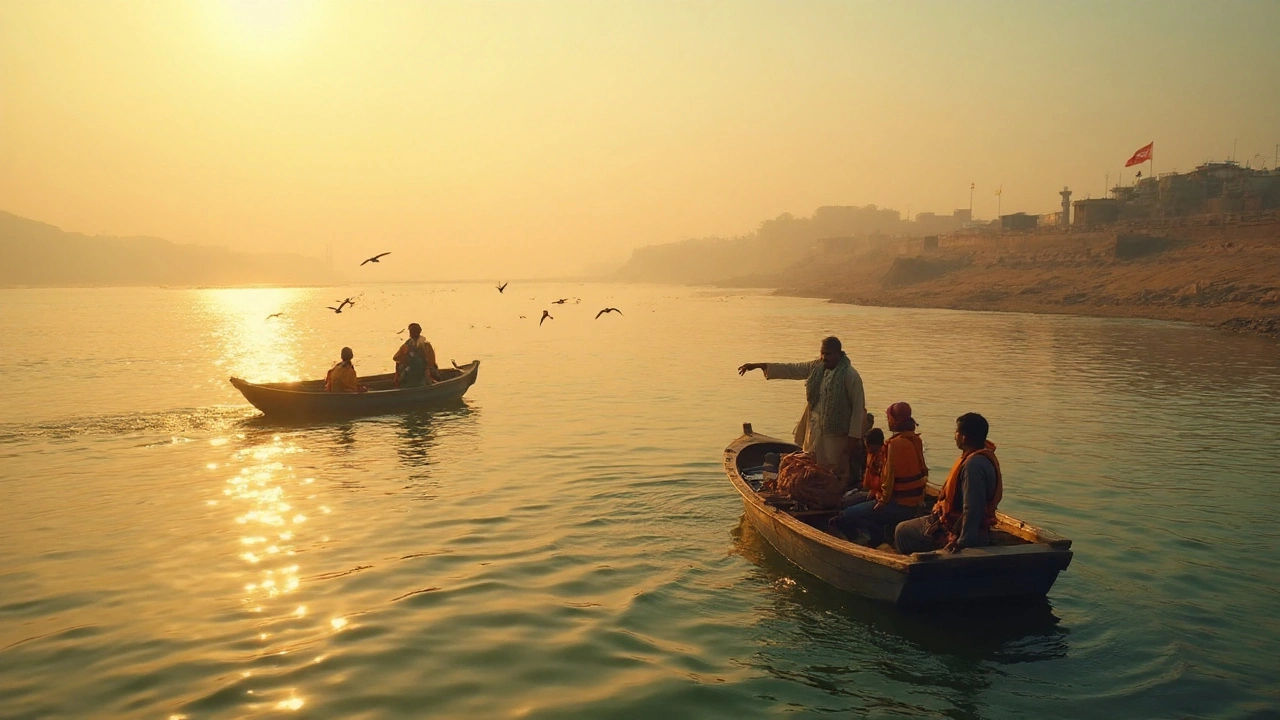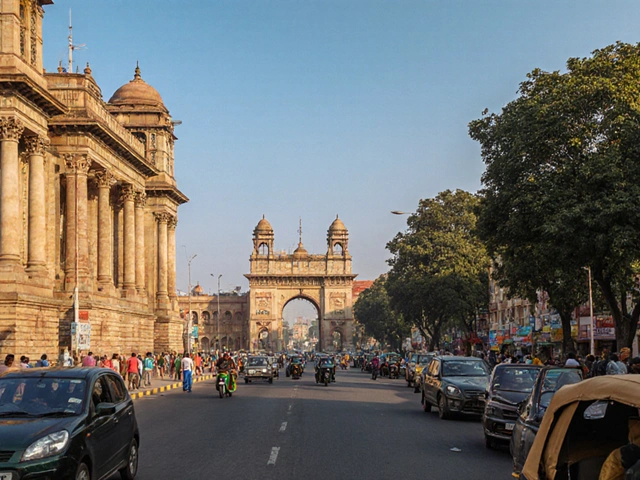Prayagraj River: Your Easy Guide to the Sacred Sangam
If you’ve ever wondered why millions flock to Prayagraj each year, the answer starts with its river. The city sits at the meeting point of three water bodies – the Ganga, the Yamuna and the legendary Saraswati. This spot, called the Sangam, is more than a scenic view; it’s a living piece of India’s spiritual DNA. In this guide we’ll break down the history, the myth, and the practical stuff you need to enjoy the river without any hassle.
Why the Sangam matters
The Ganga and Yamuna have been worshipped for millennia, but when they merge at the Sangam a special kind of energy is said to rise. Ancient texts call it a “Tirtha” – a place where the soul can cleanse itself. Pilgrims believe a quick dip washes away sins, and many perform rituals right on the riverbank. Even if you’re not religious, the sheer flow of two mighty rivers colliding is a sight that feels powerful and humbling.
Adding to the mix is the mythical Saraswati. While the river itself isn’t visible, the belief that it resurfaces underground at the Sangam gives the spot an extra layer of mystery. Locals say you can feel a cooler breeze or a subtle change in the water’s taste when the hidden Saraswati joins the two main rivers. This blend of fact and folklore is why the Sangam remains a focal point for festivals, politics, and tourism.
Practical tips for visiting the river
First, pick the right time. Early mornings (5 am‑8 am) offer cooler weather and fewer crowds, making it easier to move around the ghats. If you’re there for the Kumbh Mela, brace for massive crowds – book accommodations months ahead and bring earplugs. Bring flip‑flops, a small towel, and a reusable water bottle; you’ll thank yourself when the sun gets hot.
Getting there is simple. The nearest railway station, Prayagraj Junction, is just 5 km away, and local auto‑rickshaws are ready to drop you off at the main ghats like Assi and Sangam. For drivers, parking is available near the Sangam but fills up fast, so aim for the edges of the riverbank and walk in.
Respect the local customs. When you’re near the water, avoid wearing shoes inside the ghats, and if you want to take a dip, use the designated bathing areas. Many visitors bring incense or flowers for a quick offering – it’s a small gesture that locals appreciate.
Safety matters, too. The river currents can be strong, especially during monsoon season (July‑September). Keep an eye on warning signs and stay away from the deeper parts if you’re not a strong swimmer. If you’re traveling with kids, keep them close and consider using a life‑vest.
Now for the highlights. The Assi Ghat is perfect for sunrise yoga and street food, while the Anandghat area hosts a lively market where you can buy bangles, incense, and local sweets. Don’t miss the historic Allahabad Fort nearby – it offers a great view of the Sangam from above.
Finally, think about the environment. The river faces pollution challenges, and many volunteers organize clean‑up drives on weekends. Joining one of these groups not only helps the community but also gives you a deeper connection to the place.
Whether you’re here for a quick photo, a spiritual ritual, or a full‑day adventure, the Prayagraj River welcomes you with open arms. Follow these tips, stay respectful, and you’ll leave with memories that feel as lasting as the rivers themselves.





